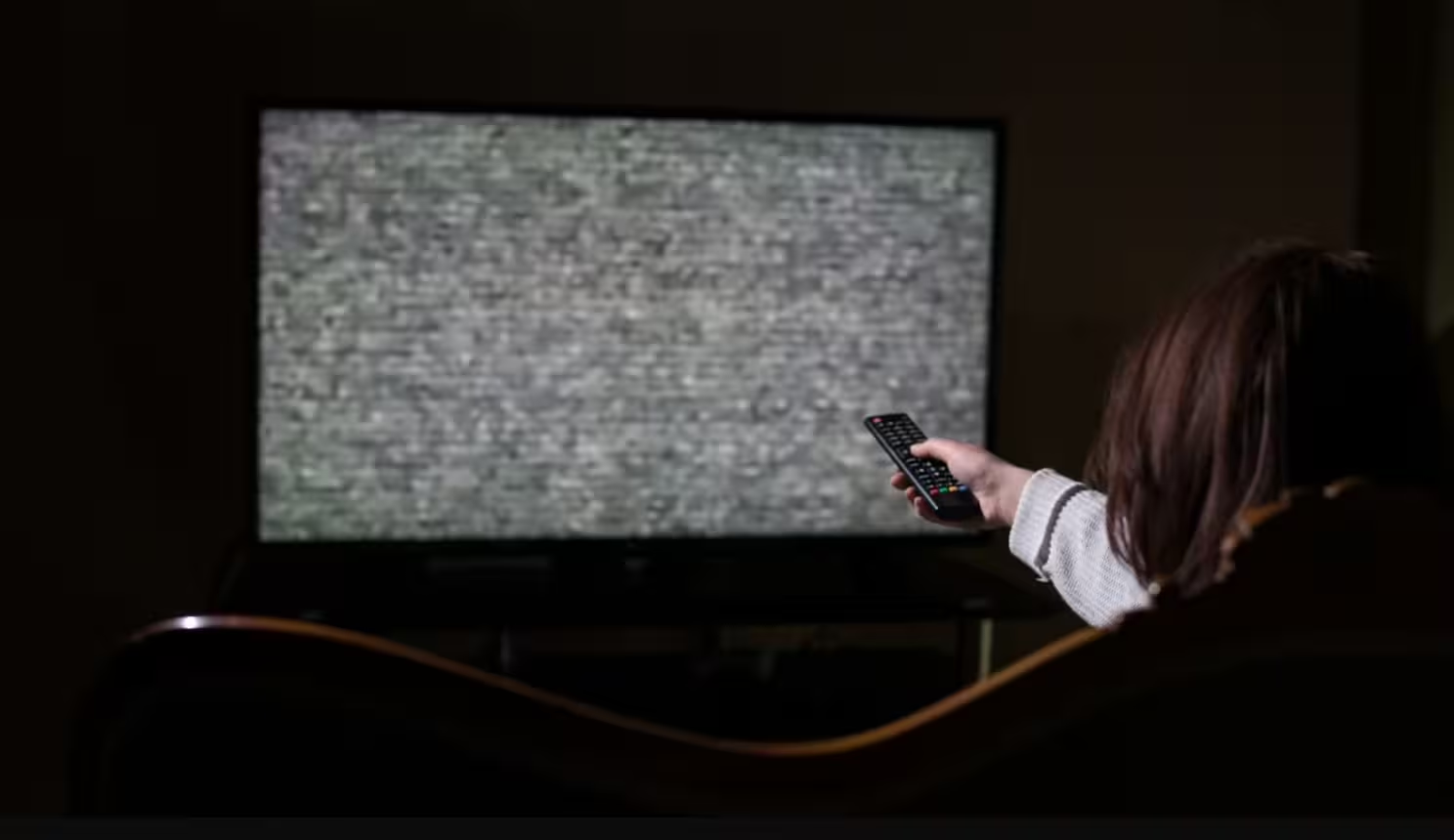7 Minutes
Why Your Smart TV's Camera Poses a Privacy Risk in the Digital Age
Smart TVs have revolutionized home entertainment, offering seamless access to streaming services, gaming, and even smart home integration. Yet, with these advanced features, many devices now come equipped with built-in cameras and microphones. While these components enable convenient options such as video calls, facial recognition, and gesture controls, they also open up significant privacy and cybersecurity risks that many users overlook.
Your Smart TV: A Silent Observer in Your Home
Consider the perspective of your smart TV’s camera. Positioned directly in your living room, bedroom, or workspace, it has a clear view of your most private spaces and routines. Whether you’re enjoying downtime, hosting friends, sharing family moments, or just working remotely, an unsecured or compromised camera could be capturing far more than you realize. It might pick up on everything from confidential discussions and the presence of specific people, to glimpses of important documents or high-value electronics in your home.
In the data-driven world of today, this everyday footage could be a goldmine for cybercriminals or intrusive advertisers, who can use it to build an intimate and remarkably detailed profile about your household habits and possessions. Even more alarming, many users aren't even aware that their smart TV contains a camera, as manufacturers often incorporate them discreetly above or below the screen.
What Are Smart TV Cameras Designed For?
Some of the most common features enabled by smart TV cameras include:
- Video calling through integrated platforms like Zoom or Skype
- Facial recognition for user personalization or parental controls
- Gesture recognition for controlling volume or navigating menus
Yet, despite the potential, the reality is that these features are rarely used on a daily basis by the majority of consumers. For most, the risks associated with a camera outweigh the occasional convenience.

Can Hackers Really Access Your Smart TV Camera?
Absolutely. Security research has repeatedly demonstrated that smart TVs, like all Internet of Things (IoT) devices, are potential entry points for hackers. Notably, cybersecurity firm Bitdefender exposed a series of vulnerabilities (CVE-2023-6317 through CVE-2023-6320) in LG smart TVs running webOS 4 to 7. These flaws could allow attackers to bypass traditional safeguards and take full control of the device—including its camera and microphone—without the owner even knowing.
The threat has grown so pronounced that the FBI issued a nationwide warning as early as 2019, emphasizing dangers that range from pranksters switching channels remotely to malicious actors using cameras and microphones to spy on users inside their homes. With increased connectivity and more sophisticated attack vectors, smart TVs now represent a prime target for cyber attacks.
Signs That Your Smart TV Might Be Compromised
Despite the risk, it’s not always easy to tell if your smart TV has been breached. There are seldom obvious signs unless you’re actively monitoring network traffic or reviewing advanced system logs. Instead, the best defense is preemptive action.
Protecting Your Privacy: Cover Your Smart TV Camera
The single most effective way to safeguard your privacy is to physically cover your smart TV’s camera. Unlike software solutions, which can be bypassed or fall out of date, a simple opaque barrier is immune to remote tampering and requires no maintenance or technical expertise. This approach is cost-effective, simple, and guarantees your privacy: all it takes is a piece of non-transparent tape, a purpose-built sliding webcam cover, or even a sticky note.
The good news is that camera covers are widely available and affordable (often under $5), and having one on your smart TV is as normal as securing the webcam on your laptop. Since most smart TV cameras see little use, covering them won’t disrupt your viewing or daily activities. Should the need arise to utilize video calling or interactive features, the cover can be removed in seconds.
Additional Steps for Securing Your Smart TV
While covering the camera is crucial, there are several other practices you should adopt to ensure comprehensive smart TV privacy:
1. Review and Adjust Privacy Settings
Dive into your TV’s settings menu and disable any unnecessary features—especially voice recognition services, automatic content recognition (ACR), and data-sharing with third parties. Many smart TVs are set to harvest and transmit user data by default, so it’s important to actively opt out where possible.
2. Regularly Update Your TV’s Firmware
Just like any internet-connected device, manufacturers routinely patch vulnerabilities as they’re discovered. Enable automatic updates if your TV supports them, and periodically check for manual firmware upgrades.
3. Network Segmentation
If your smart TV shares a Wi-Fi network with your computers, smartphones, and other sensitive devices, a breach could potentially expose your entire home network. To mitigate this, consider placing your TV on a separate "guest" network or isolated segment. In cases where the internet-enabled features are seldom used, consider disconnecting the TV from the network outright.
4. Install Apps With Caution
Only download applications from your TV’s official app marketplace and avoid sideloading software from third-party sources. Unverified apps can introduce additional security vulnerabilities and jeopardize your privacy.
5. Market Comparison: Which Brands Are More Secure?
Not all smart TVs are created equal when it comes to security and privacy. Brands such as Samsung, LG, Sony, and TCL frequently release firmware updates and have relatively transparent privacy policies. However, even leading brands have been impacted by vulnerabilities, as seen with LG's recent webOS issues. Before purchase, check the manufacturer’s record for security updates, customer support, and data-handling practices.
6. Use Cases and Advantages of Proactive Smart TV Security
Whether your smart TV is the centerpiece of your family media room, an essential work-from-home communications device, or simply used for streaming, taking steps to secure it protects you from surveillance, data theft, and manipulation. Beyond personal privacy, these best practices can even protect your broader smart home ecosystem—including connected lights, thermostats, and security cameras—from lateral threats.
Conclusion: Don’t Let Your Smart TV Become a Security Blind Spot
In an era defined by connected living, it’s all too easy to let security slide in favor of convenience. But, as with an unlocked front door, a vulnerable smart TV can become a gateway for cybercriminals and prying eyes. Fortunately, a few simple steps—including always keeping your smart TV’s camera covered—can keep your private life just that: private.
Investing a small amount of time and effort now will pay dividends in long-term security and peace of mind. Treat your smart TV with the same caution and respect as your laptop or smartphone, and remember: Keeping the camera (and your data) under wraps is always the smarter move.



Comments